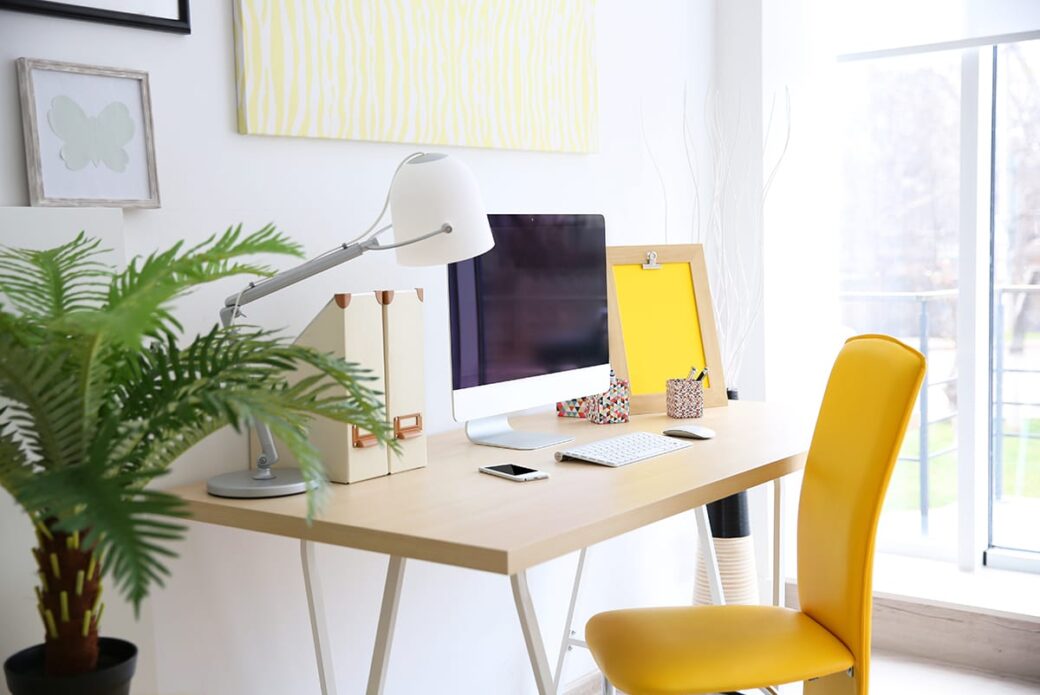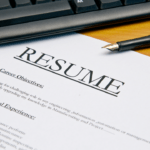
Why Your Workspace Matters More Than You Think
Remote work has become the standard for many industries, but for Virtual Assistants (VAs), it has always been the norm. Unlike traditional office workers, VAs must create a workspace that enables them to be highly efficient without the usual office resources like printers, meeting rooms, or IT support. This means that every aspect of your home office setup—your desk, chair, lighting, internet speed, and even the placement of your equipment—directly affects your ability to do your job well.
It’s easy to underestimate how much your environment influences productivity. An uncomfortable chair can lead to back pain, poor lighting can strain your eyes, and a slow internet connection can cause frustration during client calls. Over time, these small inconveniences add up, decreasing motivation and increasing stress levels. The solution isn’t necessarily expensive renovations or high-end gadgets. Sometimes, simple but strategic adjustments can have the biggest impact.
Whether you’re just starting as a VA or you’ve been working remotely for years, optimizing your home office can help you maintain a better work-life balance, reduce fatigue, and improve focus. The right workspace doesn’t just help you work harder—it helps you work smarter.
Creating a Comfortable and Functional Workspace
One of the biggest challenges of remote work is establishing a clear boundary between professional and personal life. This is why having a dedicated workspace is crucial. Without a proper setup, you might find yourself working from the couch, dining table, or even your bed—none of which are ideal for productivity or long-term physical health.
A dedicated home office helps in several ways:
- Psychological separation: When you step into your work area, your brain recognizes it as a signal to focus.
- Better organization: Keeping work essentials in one place prevents constant searching for misplaced items.
- Reduced distractions: A defined space helps you minimize interruptions from family, pets, or household chores.
Choosing the right location for your workspace depends on the layout of your home. If you have a spare room, turning it into an office is ideal. But if space is limited, consider using a quiet corner in the living room, a converted closet, or even an area near a window where you can set up a desk.
A home office doesn’t have to be large to be effective. The key is to make it a space where you feel comfortable and focused.
Optimizing Lighting for Productivity
Lighting plays a critical role in both productivity and well-being. Poor lighting can lead to headaches, eye strain, and fatigue, while well-lit environments can boost energy levels and improve focus.
There are three main types of lighting to consider:
- Natural light: Sunlight helps regulate your circadian rhythm, improving sleep quality and mood. Position your desk near a window if possible.
- Ambient lighting: Overhead lighting should be bright but not harsh. Avoid fluorescent bulbs, as they can cause glare and discomfort.
- Task lighting: A good desk lamp can reduce strain when working on detailed tasks or reading documents.
If natural light is limited, opt for LED bulbs with adjustable brightness to mimic daylight. Smart lighting solutions can also help you adjust the tone and brightness of your workspace throughout the day.
Choosing Ergonomic Furniture for Long-Term Comfort
As a VA, you spend hours at your desk, so investing in ergonomic furniture is one of the best decisions you can make for your health. Poor posture can lead to chronic pain and long-term health issues, making work increasingly difficult over time.
Key furniture pieces to consider:
- Office chair: Look for a chair with lumbar support, adjustable height, and armrests. Your feet should rest flat on the floor, with your knees at a 90-degree angle.
- Desk: Your desk height should allow your elbows to rest comfortably at a 90-degree angle when typing. Adjustable desks are a great option if you want the flexibility to switch between sitting and standing.
- Footrest: If your feet don’t touch the ground when sitting, a footrest can improve circulation and prevent strain.
- Monitor position: Your monitor should be at eye level, about an arm’s length away. A monitor stand or adjustable arm can help achieve the right height.
Ergonomics isn’t just about comfort—it directly affects productivity and long-term health. A well-designed workspace can prevent fatigue and discomfort, allowing you to work efficiently for longer periods.
Tech Essentials for Seamless Workflow
Reliable technology is the backbone of remote work. The right tools can make your job easier, while outdated or inefficient tech can slow you down and create unnecessary frustration.
Must-have tech for VAs:
- High-speed internet: A stable connection is crucial for video calls, file transfers, and cloud-based applications.
- Powerful computer: A fast processor and sufficient RAM ensure smooth multitasking. If you run multiple programs, consider a desktop setup.
- Noise-canceling headset: Clear audio is essential for virtual meetings. A headset with a good microphone improves communication with clients.
- External monitor: Dual screens can boost efficiency, especially when managing multiple projects at once.
- Ergonomic keyboard and mouse: These reduce strain on your wrists, preventing long-term issues like carpal tunnel syndrome.
Keeping your software up to date is just as important as hardware. Use project management tools, cloud storage, and automation software to streamline daily tasks.
Personalizing Your Workspace for Inspiration
A well-organized workspace is great, but a personalized one can make work more enjoyable. Small touches that reflect your personality can help keep you motivated and focused.
Ideas for adding personality to your office:
- Decorative elements: Framed photos, artwork, or motivational quotes can make your space feel inviting.
- Plants: Greenery can improve air quality and create a calming atmosphere.
- Comfort items: A cozy blanket, a stylish desk lamp, or a scented candle can enhance the ambiance.
- Customized stationery: Even in a digital world, high-quality notebooks and pens can make tasks more enjoyable.
Your home office should reflect your style and inspire creativity. The more comfortable and personalized your space, the more productive you’ll be.
Investing in Your Work Environment Pays Off
Optimizing your home office isn’t just about aesthetics—it's about creating a space that supports your success. A well-thought-out setup reduces stress, increases efficiency, and makes work more enjoyable.
Take the time to assess your current workspace and identify areas for improvement. Even small changes, like adjusting your chair height or adding a desk lamp, can have a significant impact. When your work environment is designed for comfort and productivity, you’ll find it easier to stay focused and motivated.
As a VA, your workspace is your headquarters. Investing in it is an investment in yourself and your career.









